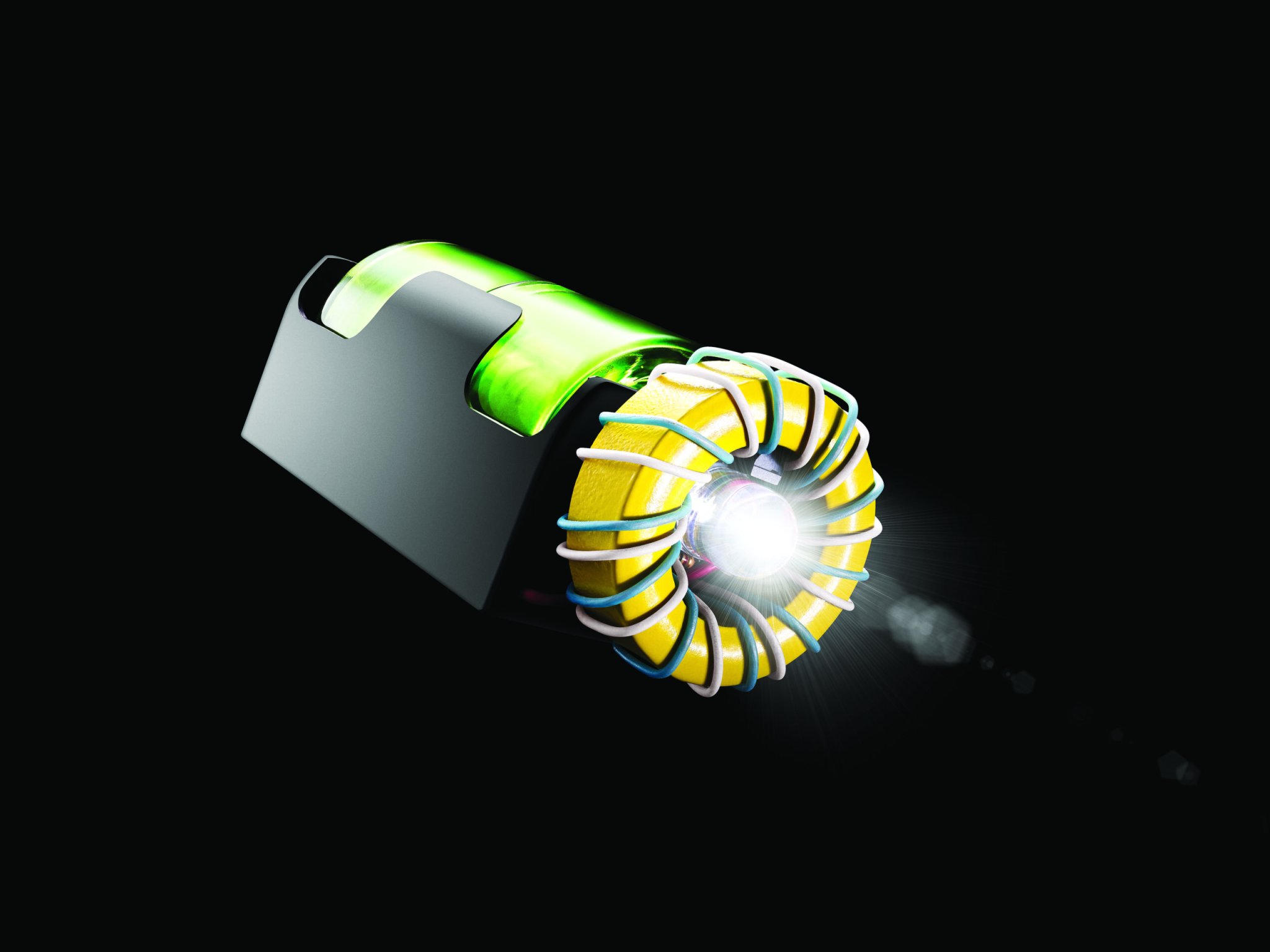

Don’t throw out that seemingly lifeless battery—it’s not dead yet. A brand-new alkaline battery cell has an electric potential of about 1.5 volts, which drops as the juice runs out. The voltage eventually becomes too low to power most devices, but there’s still energy trapped inside the battery—as much as 15 percent of the original charge. By wiring a circuit called a “joule thief,” you can tap the last of that power to light a white LED.
The circuit boosts the dwindling voltage but delivers it in pulses too rapid to see. As a result, the LED seems to shine constantly, even though it’s really powered less than half the time. Mount the joule thief on a D-size-battery holder, and it makes a handy flashlight, one that gives your old batteries new life.
This article originally appeared in the July 2015 issue of Popular Science, under the title “A Flashlight That Runs on Dead Batteries.”
Stats
- Time: 2 hours
- Cost: $30
- Difficulty: Medium
Tools
- Soldering iron
- Wire strippers
- Scissors
- Double-stick foam tape

Materials
- D-size-battery box with leads
- Battery-shell-adapter set
- 10 mm superbright white LED
- 24-gauge wire from old network cable
- Toroid transformer core, at least ¾-inch ID
- Flashlight push-button switch
- 1-kilohm resistor
- 1-inch round protoboard
- 2N2222 NPN transistor
- Dead AAA, AA, C, or D alkaline battery
Instructions




















